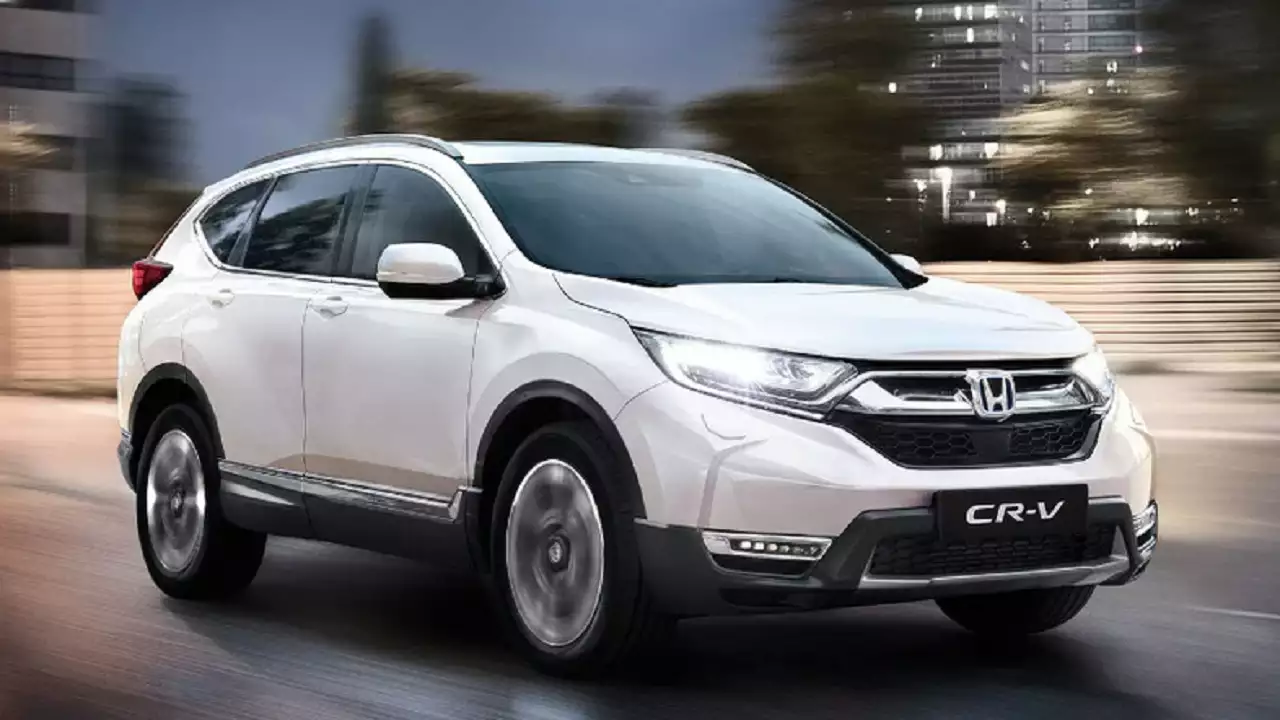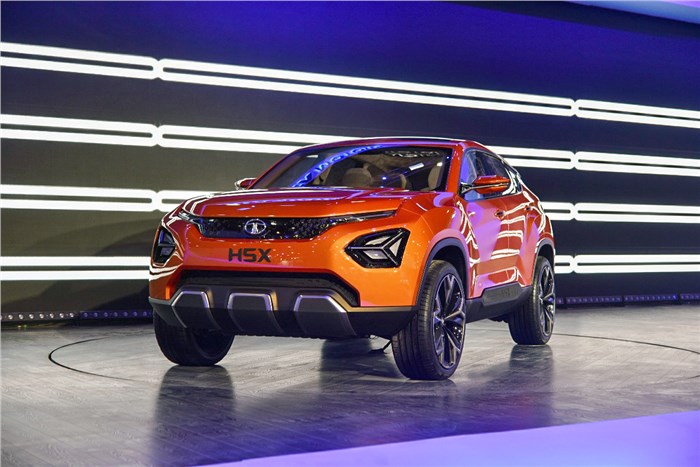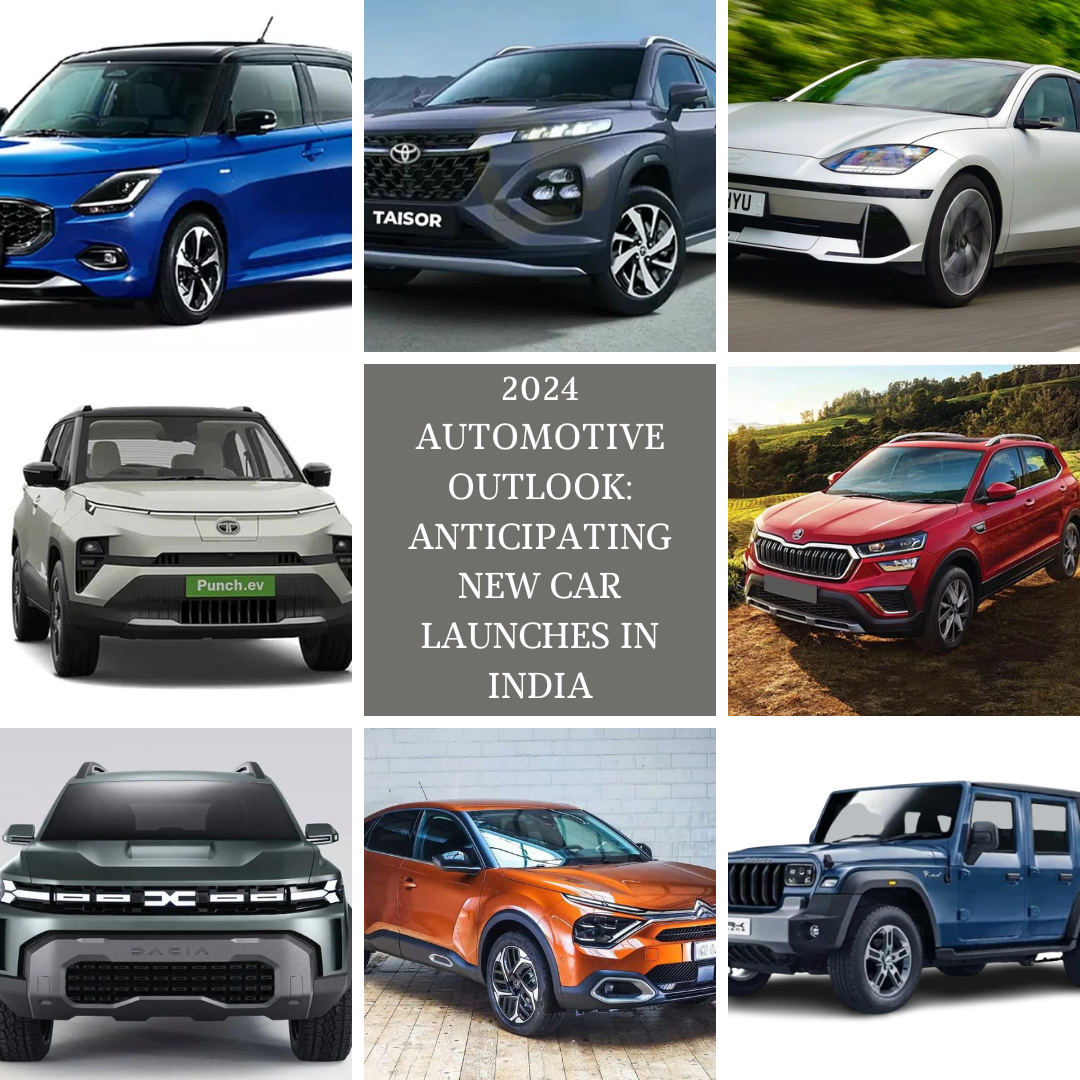Today, we’re taking a look at Honda’s latest addition to the CRV family: the first plug-in hybrid CRV available in the United States. But this isn’t just any plug-in hybrid. When it’s not using its battery, it runs on a hydrogen fuel cell stack hidden under the hood. This marks Honda’s debut in blending plug-in hybrid tech with hydrogen power.
Before we go further, let’s address the elephant in the room: hydrogen and hydrogen fuel cells can stir up controversy. So, we’ll save the debate about hydrogen’s origins, environmental impact, and overall feasibility for another video. You’ll find the link to that video at the end of this one, so stick around if you’re curious.
Now, let’s delve into Honda’s achievement with the new fuel cell CRV. Standing beside its hybrid counterpart, the CRV FCEV (Fuel Cell Electric Vehicle) boasts a distinct front-end design, sporting the “E” badge representing Honda’s electrification initiative, and “FCEV” indicating its fuel cell electric powertrain.
Under the hood lies one of the most compact and advanced fuel cell systems ever fitted into a passenger vehicle. This system, roughly the size of a 2-liter 4-cylinder engine and transmission, powers an electric motor generating 174 horsepower and 229 pound-feet of torque, driving the front wheels. Notably, Honda has reduced the use of precious metals in the fuel cell stack, making it 50% less expensive than previous versions.
Furthermore, Honda teamed up with General Motors to develop this fuel cell system, manufactured in a joint venture factory. However, the CRV itself is assembled at Honda’s specialty manufacturing facility in Ohio, known for producing the Acura NSX.
The CRV FCEV offers various driving modes, including EV-only mode, auto mode, save mode, and charge mode, providing flexibility in managing power sources. Additionally, its 18 kWh battery pack, combined with the hydrogen fuel cell stack, ensures smooth and responsive acceleration, similar to an electric vehicle.
In terms of practicality, the CRV FCEV offers around 30 miles of electric range and averages 86 miles per kilogram of hydrogen. While cargo space may be slightly affected by the placement of hydrogen tanks and batteries, it remains versatile and functional for daily use.
Driving dynamics are comparable to the rest of the CRV lineup, with improved weight distribution and quieter operation. Start-up in cold temperatures is seamless, thanks to advancements in fuel cell technology.
While pricing and availability details are pending, the CRV FCEV is initially set to be leased in California, with potential expansion to other regions with hydrogen infrastructure. Though it may not look significantly different from its hybrid counterpart, the CRV FCEV represents a bold step towards integrating hydrogen fuel cell technology into mainstream vehicles.
In conclusion, Honda’s plug-in hybrid CRV with hydrogen fuel cell technology offers a glimpse into the future of automotive innovation, combining efficiency, sustainability, and performance in a practical package. So, if you’re intrigued by cutting-edge technology and eco-friendly driving, keep an eye out for the CRV FCEV hitting the roads soon!




